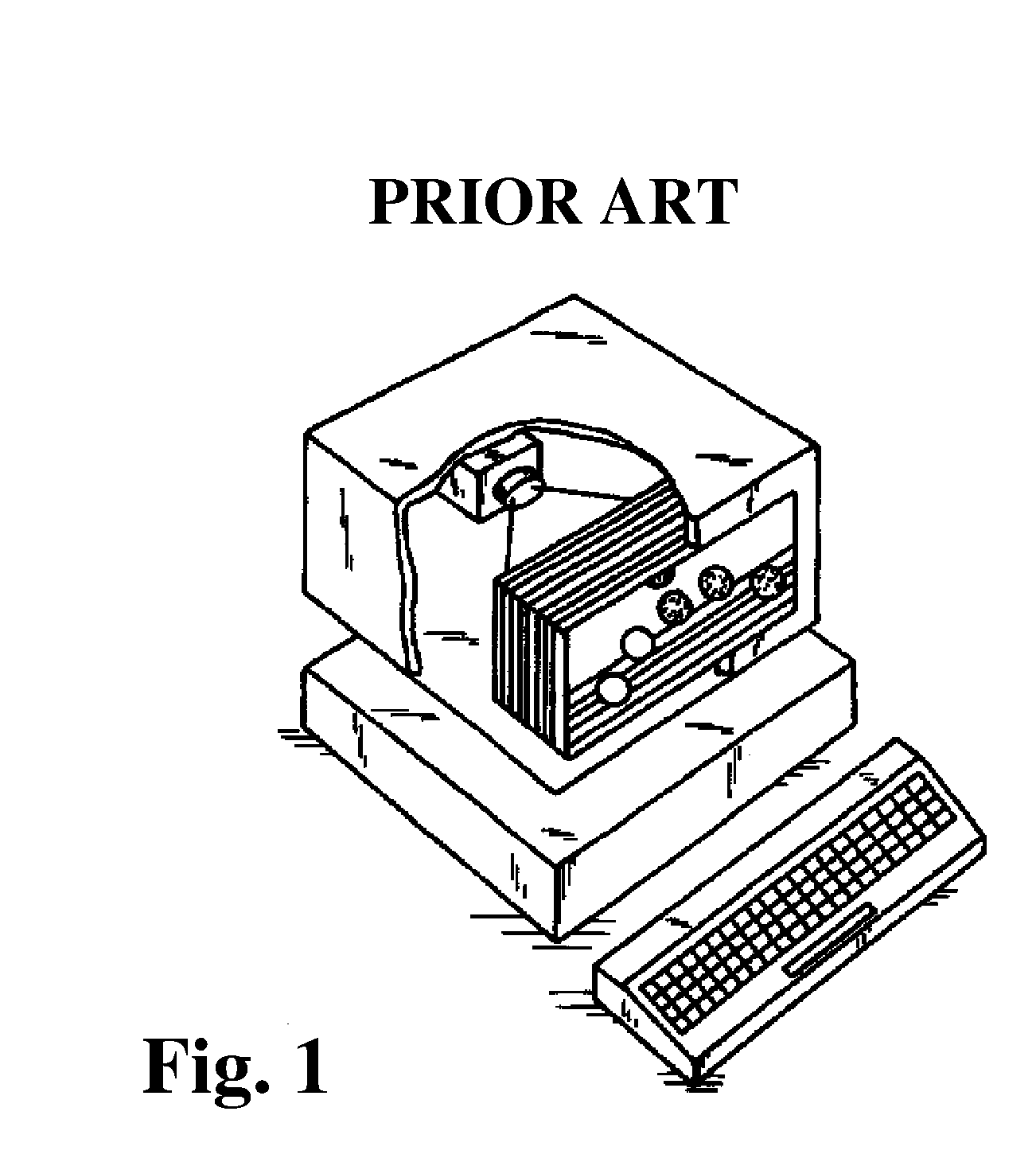Lightguide illuminator embedded display
a technology of lightguide and illuminator, applied in the field of slim form factor display, can solve the problems of reducing display system contrast, reducing volume requirements and thickness of display system, and reducing display system brightness, so as to limit fresnel reflection, increase display brightness, and maintain display performance
- Summary
- Abstract
- Description
- Claims
- Application Information
AI Technical Summary
Benefits of technology
Problems solved by technology
Method used
Image
Examples
Embodiment Construction
[0039]The following Detailed Description further describes concepts and discloses specific details of the preferred embodiments in order to provide a thorough understanding of claimed subject matter. However, those skilled in the art will understand that the claimed subject matter may be practiced without these specific details. In other instances, the description may not describe in detail well-known methods, processes, procedures, components and / or sub-components.
[0040]Referring to the accompanying Figs. there is shown a lightguide illuminator embedded display 100 that provides a viewable display that can be seen from both sides of the display. It should be noted that the lightguide illuminator embedded display 100 can function for a continuum of wavelengths of visible light as well as ultraviolet, infrared, far-infrared, and other radiation wavelength ranges, depending on the choice of material used to form the collection optics 12, coupling optics 14, lightguide illuminator 15, ...
PUM
| Property | Measurement | Unit |
|---|---|---|
| thickness | aaaaa | aaaaa |
| thickness | aaaaa | aaaaa |
| transparent | aaaaa | aaaaa |
Abstract
Description
Claims
Application Information
 Login to View More
Login to View More - R&D
- Intellectual Property
- Life Sciences
- Materials
- Tech Scout
- Unparalleled Data Quality
- Higher Quality Content
- 60% Fewer Hallucinations
Browse by: Latest US Patents, China's latest patents, Technical Efficacy Thesaurus, Application Domain, Technology Topic, Popular Technical Reports.
© 2025 PatSnap. All rights reserved.Legal|Privacy policy|Modern Slavery Act Transparency Statement|Sitemap|About US| Contact US: help@patsnap.com



